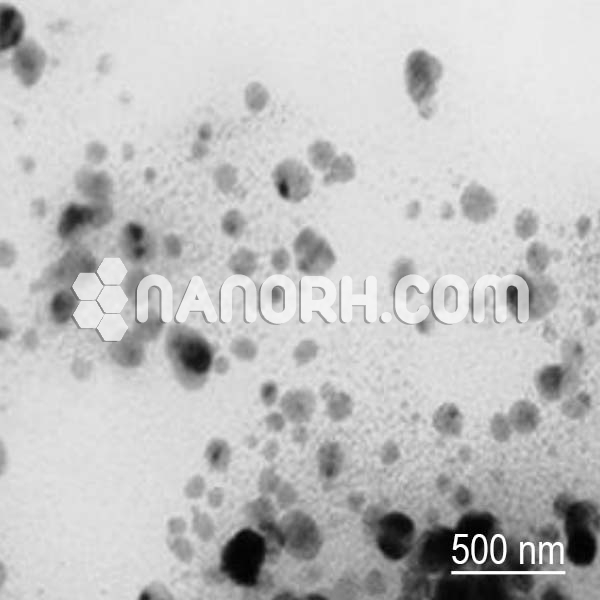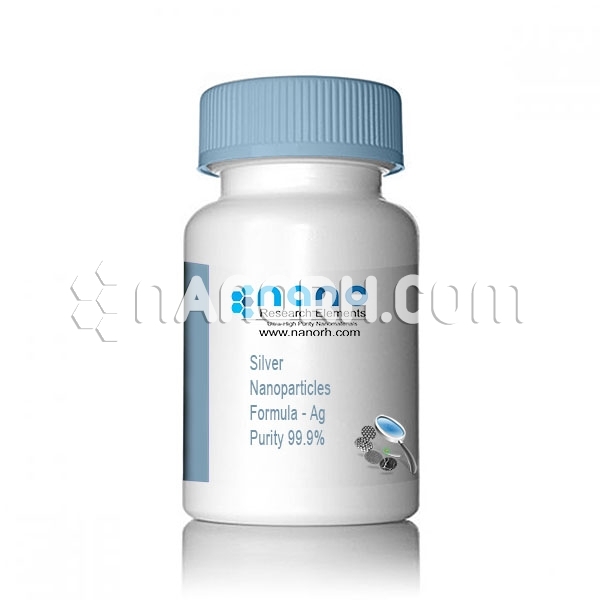| Palladium Nanopowder/Nanoparticles | |
| Product No | NRE-1030 |
| CAS No. | 7440-05-3 |
| Formula | Pd |
| APS | <100nm (Can be Customized) |
| Purity | 99.95% |
| Color | Silvery White |
| Molecular Weight | 106.42 g/mol |
| Density | 12.02g/cm3 |
| Melting Point | 1554.9 °C |
| Boiling Point | 2963 °C |
Palladium Nanopowder/Nanoparticles
Palladium nanoparticles have a wide range of applications in various fields due to their unique properties, including their high surface area, catalytic activity, and stability. Here are some of the key applications of palladium nanoparticles:
Catalysis:
Palladium nanoparticles are widely used as catalysts in various chemical reactions, such as hydrogenation, Suzuki-Miyaura coupling, Heck reactions, and Sonogashira reactions. They facilitate the conversion of one chemical substance into another while remaining unchanged.
Automotive Industry:
Palladium nanoparticles are used as catalytic converters in the exhaust systems of automobiles to convert harmful gases like carbon monoxide, nitrogen oxides, and unburned hydrocarbons into less harmful substances like carbon dioxide, nitrogen, and water.
Electronics:
Palladium nanoparticles are used in the fabrication of electronic components, such as multilayer ceramic capacitors and printed circuit boards, to enhance electrical conductivity and reliability.
Fuel Cells:
Palladium nanoparticles serve as catalysts in fuel cells, where they facilitate the electrochemical reactions that convert hydrogen and oxygen into water, generating electricity in the process.
Environmental Remediation:
Palladium nanoparticles are employed in the removal of contaminants from water and soil. They can catalyze the breakdown of organic pollutants and reduce toxic metal ions to less harmful forms.
Pharmaceuticals:
Palladium nanoparticles find applications in the synthesis of various pharmaceutical compounds, including complex organic molecules and active pharmaceutical ingredients (APIs).
Sensing and Detection:
Palladium nanoparticles are used in sensors and biosensors for the detection of specific molecules or ions, making them valuable tools for analytical chemistry and medical diagnostics.
Nanomedicine:
In the field of medicine, palladium nanoparticles can be used for drug delivery, imaging, and cancer therapy. Their small size allows for targeted drug delivery to specific cells or tissues.
Energy Storage:
Palladium nanoparticles are explored for their potential use in energy storage systems, including supercapacitors and batteries, to improve energy efficiency and performance.
Materials Science:
Palladium nanoparticles can be incorporated into various materials, such as polymers and coatings, to enhance their properties, including mechanical strength, thermal conductivity, and corrosion resistance.
Cross-Coupling Reactions:
Palladium nanoparticles are essential in cross-coupling reactions used for the synthesis of complex organic compounds in the pharmaceutical and chemical industries.
Hydrogen Storage:
Palladium nanoparticles can absorb and release hydrogen gas reversibly, making them a candidate material for hydrogen storage applications.




